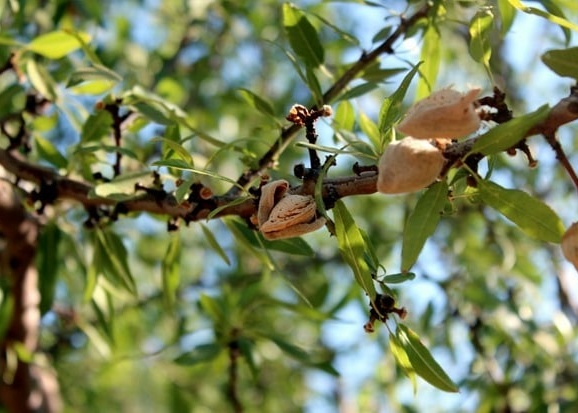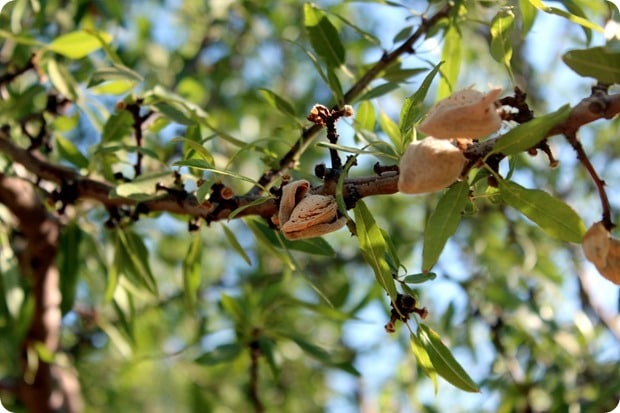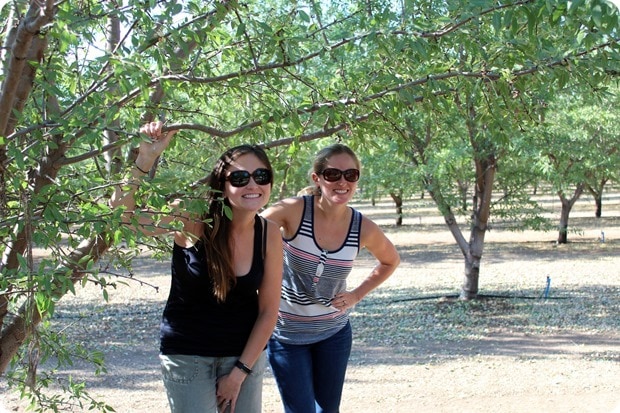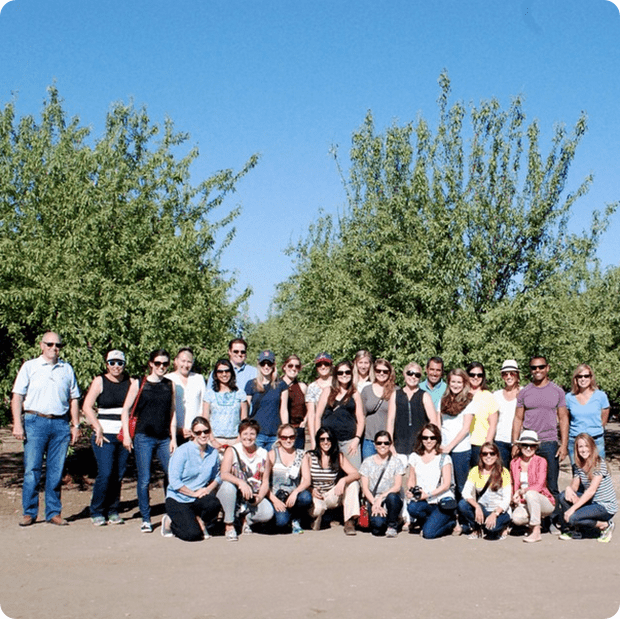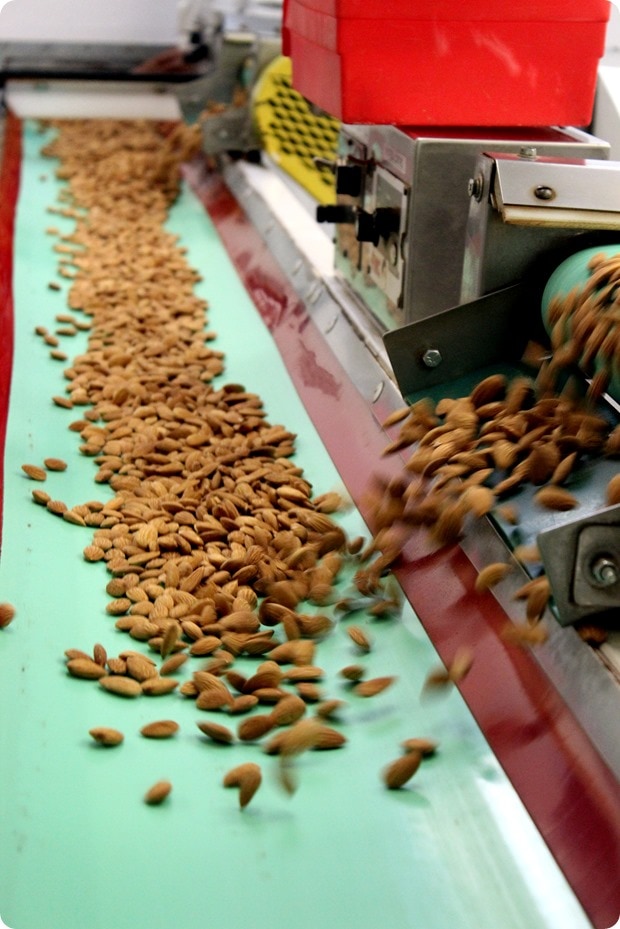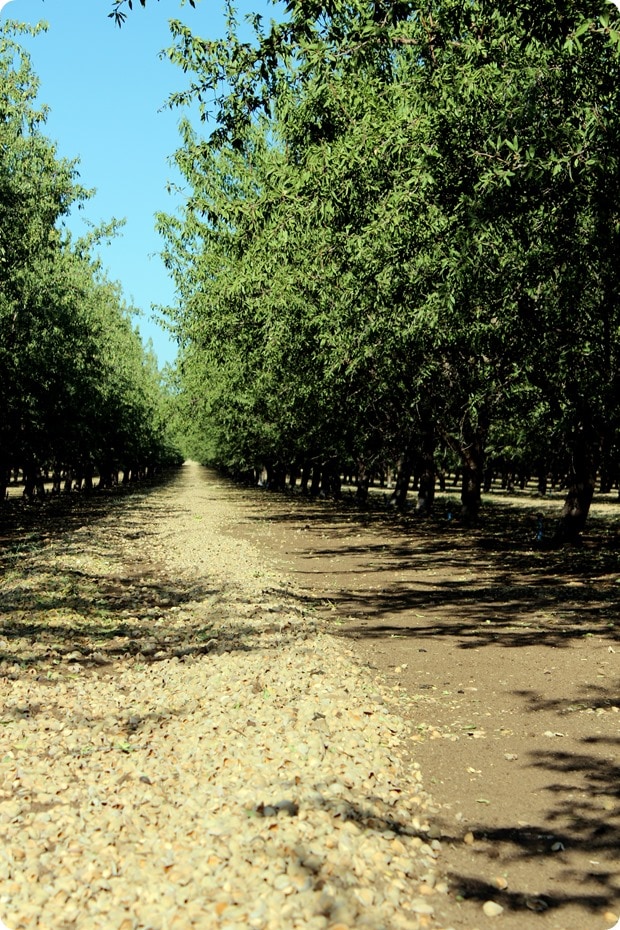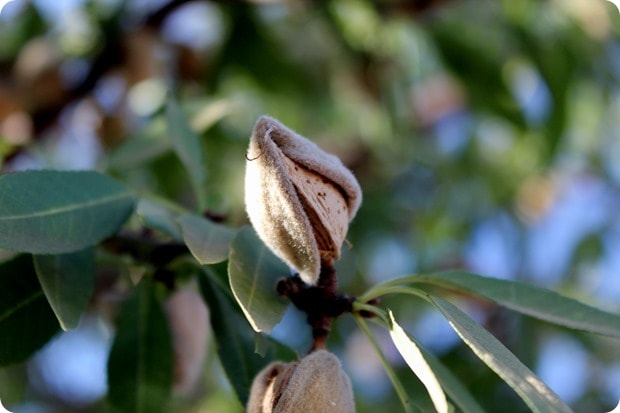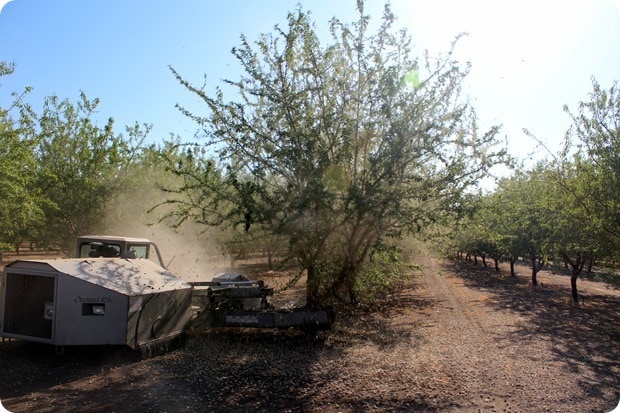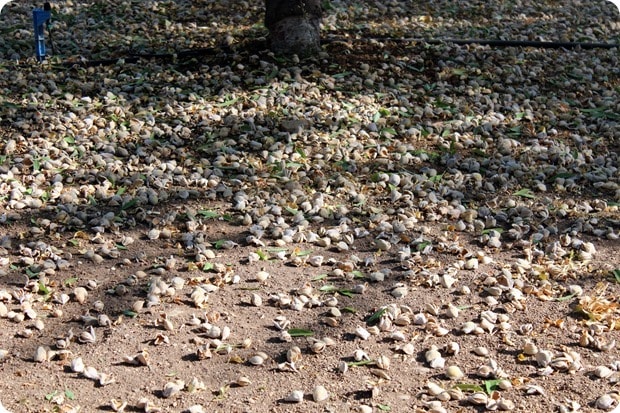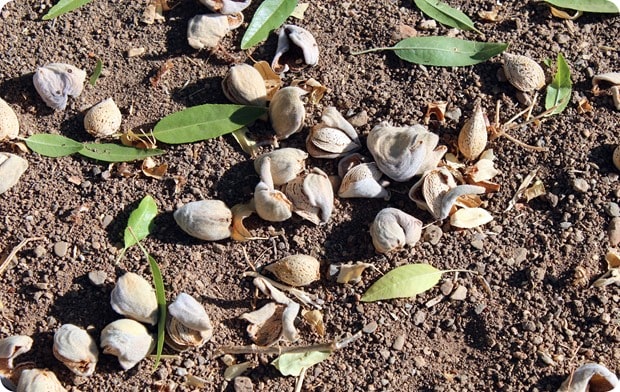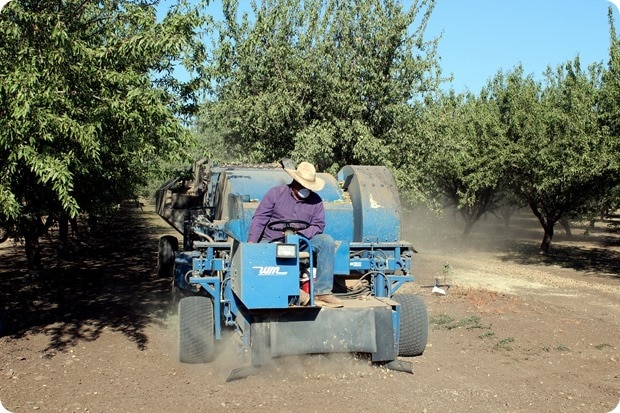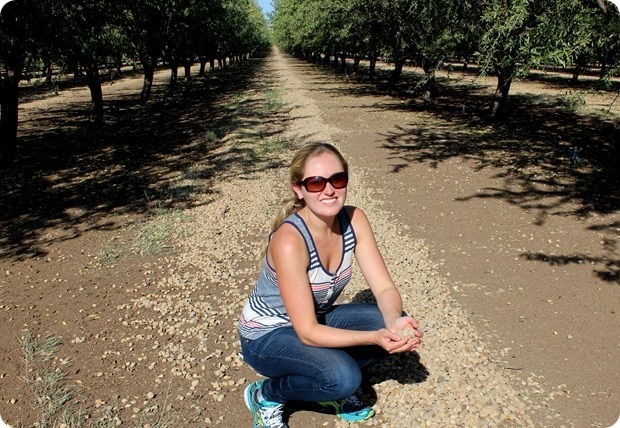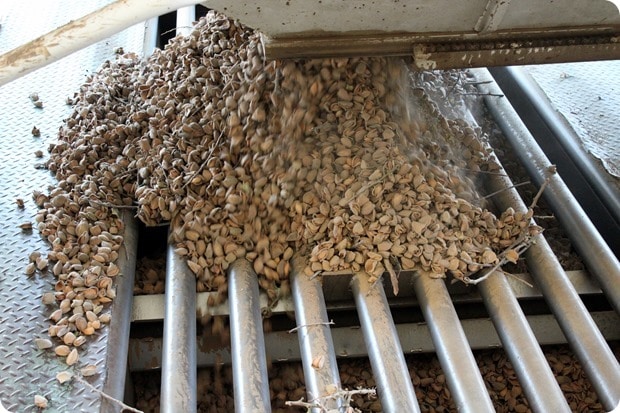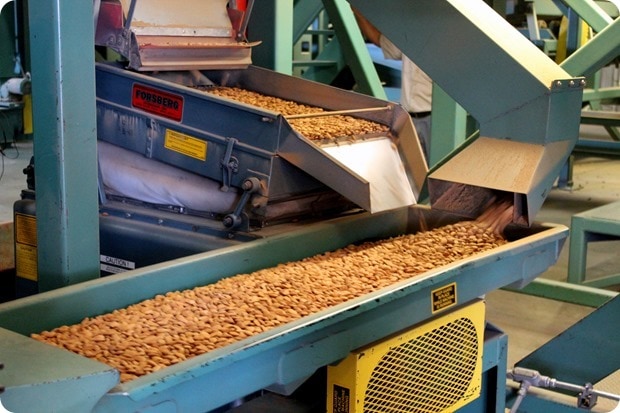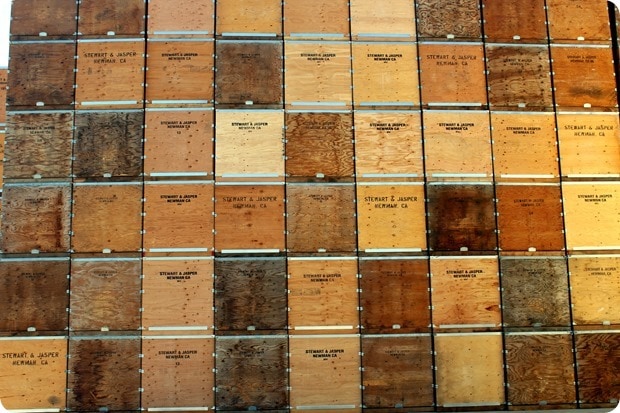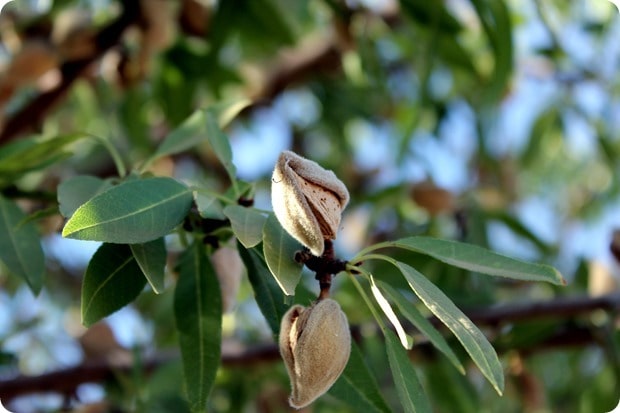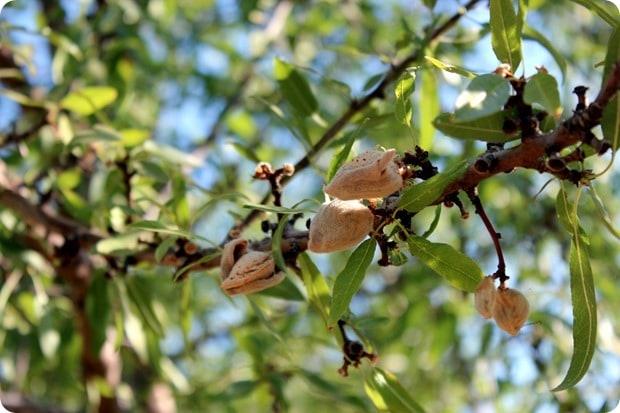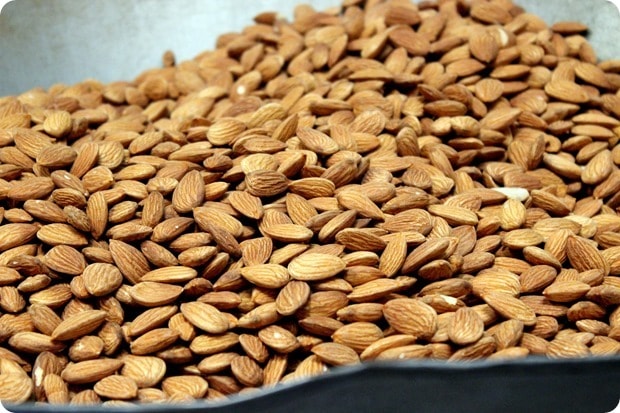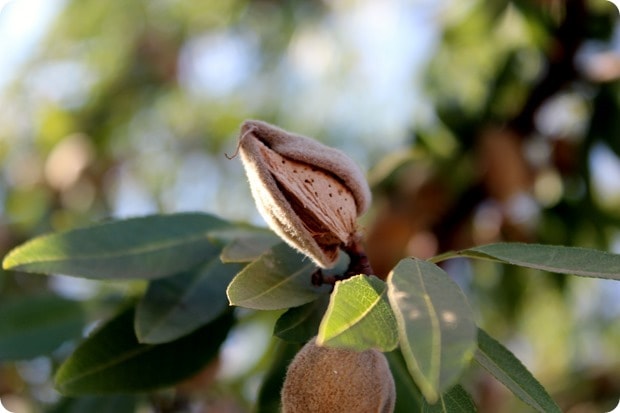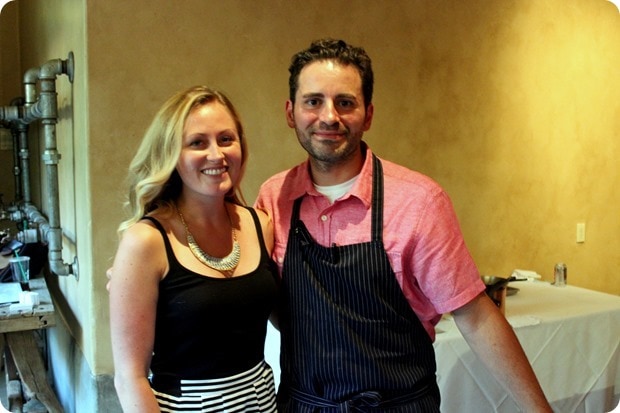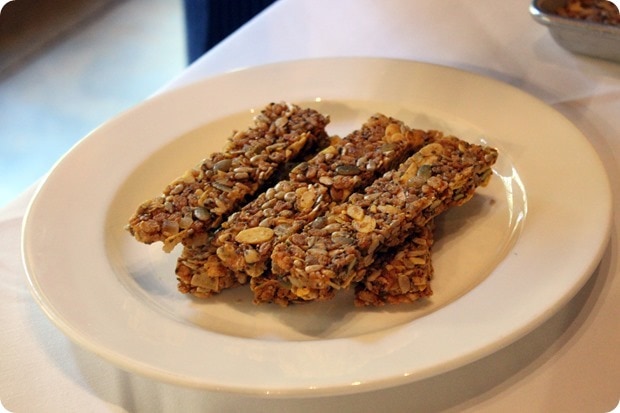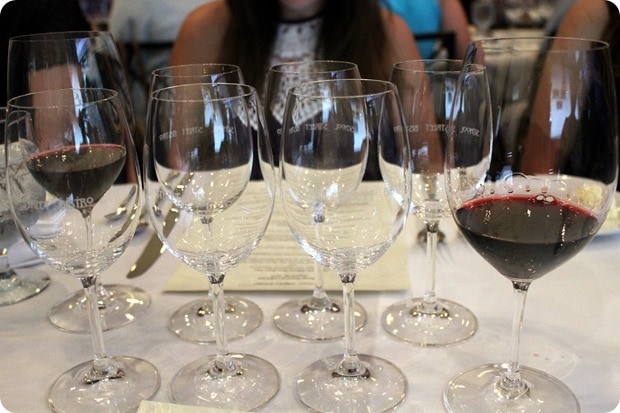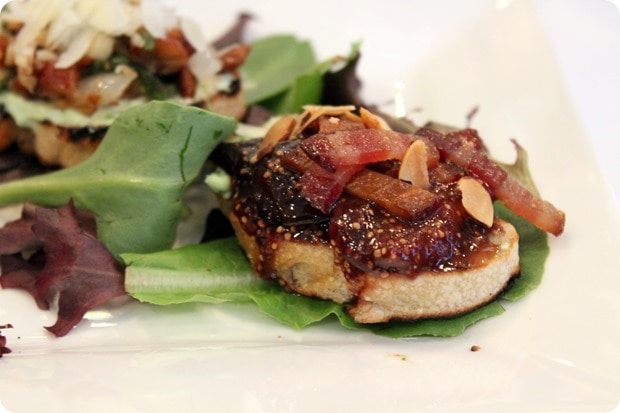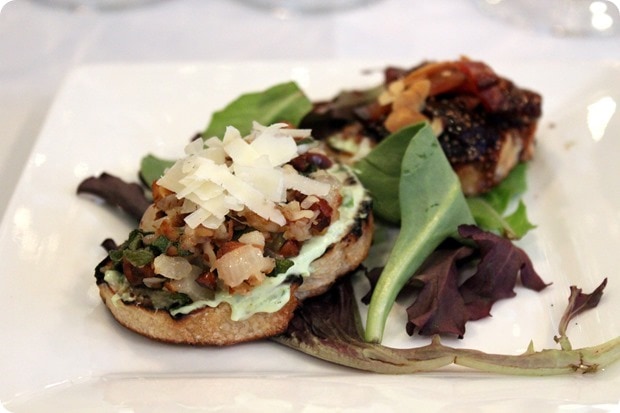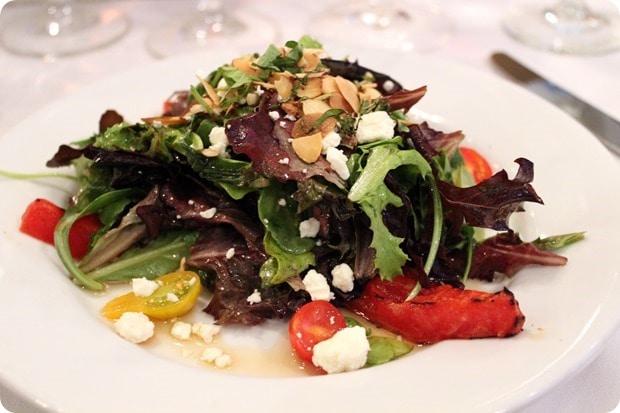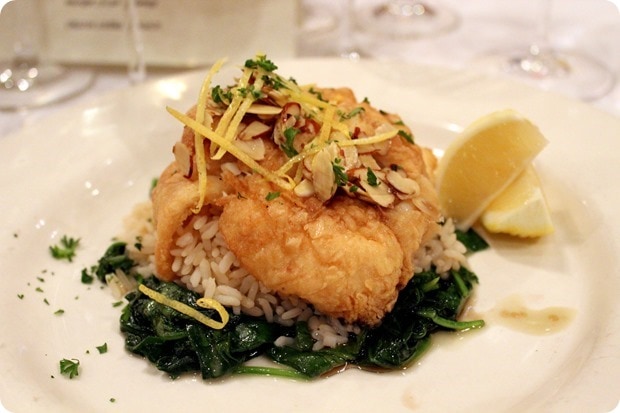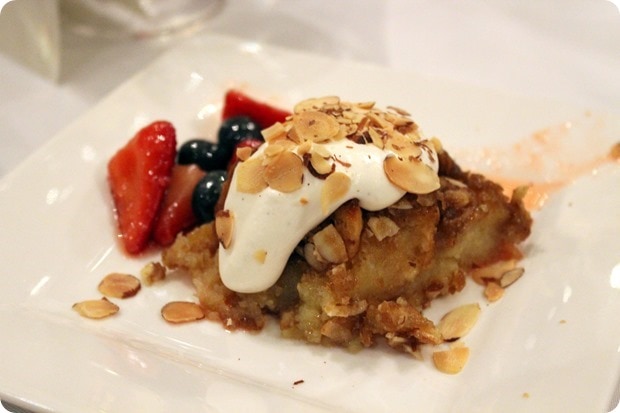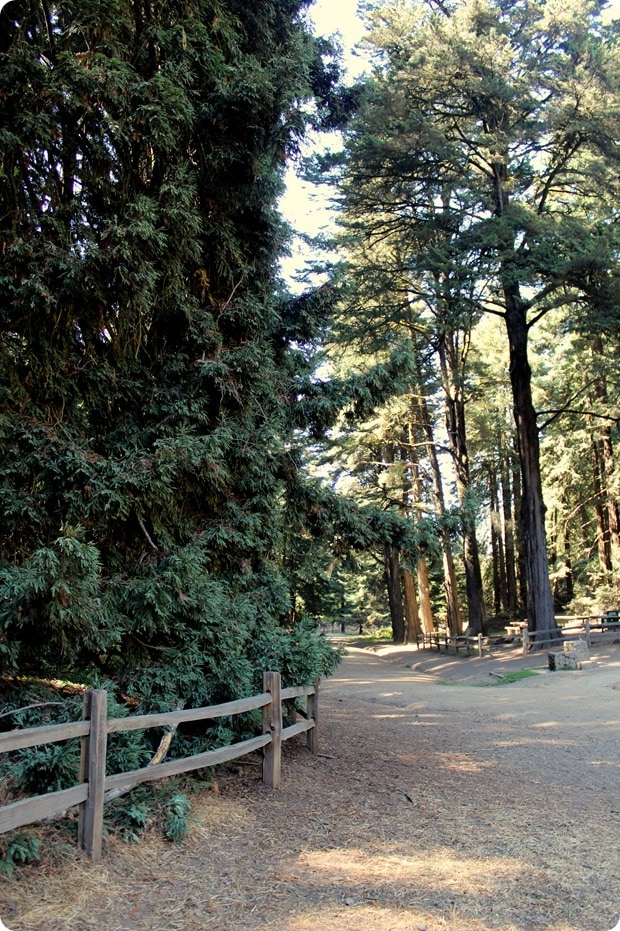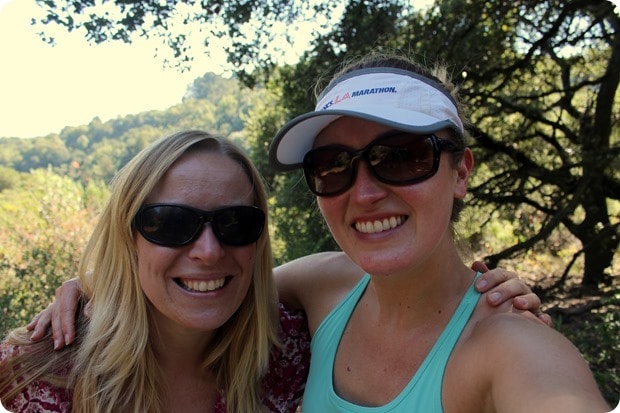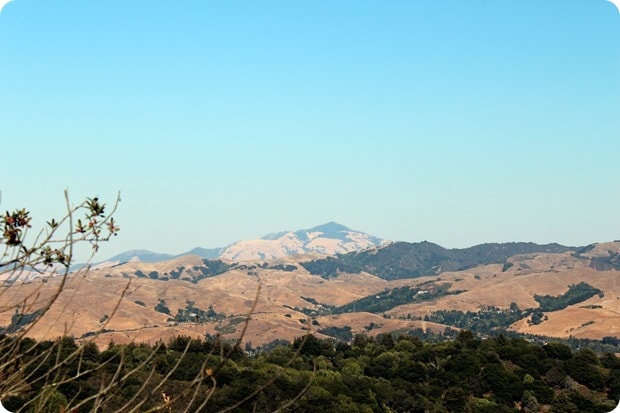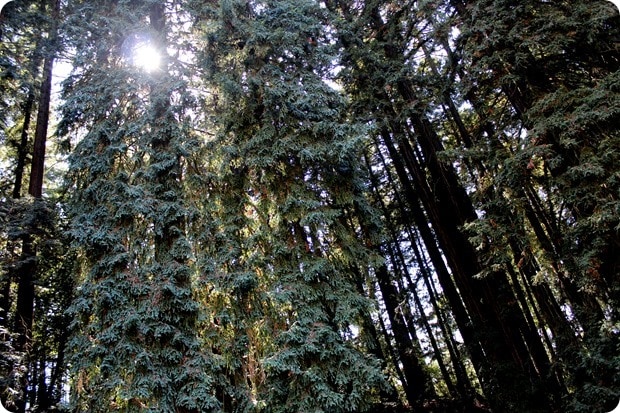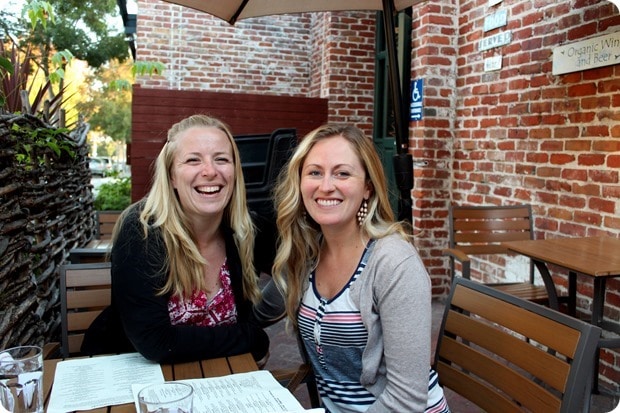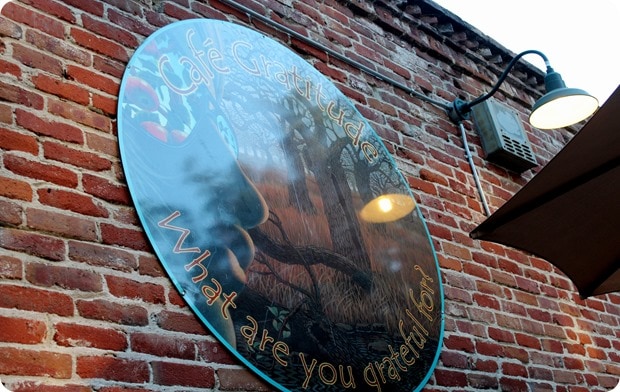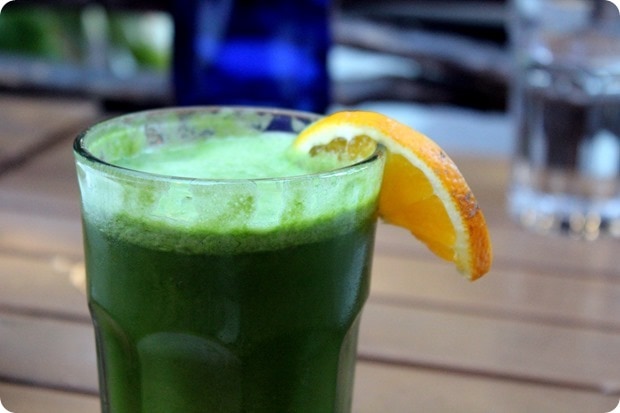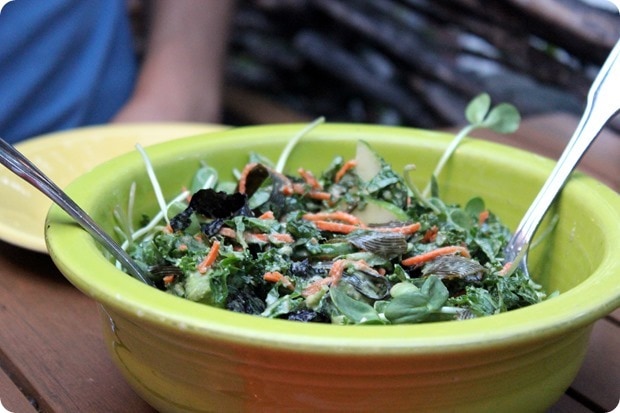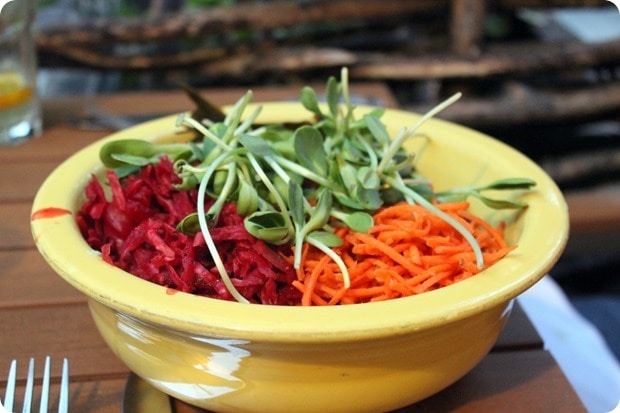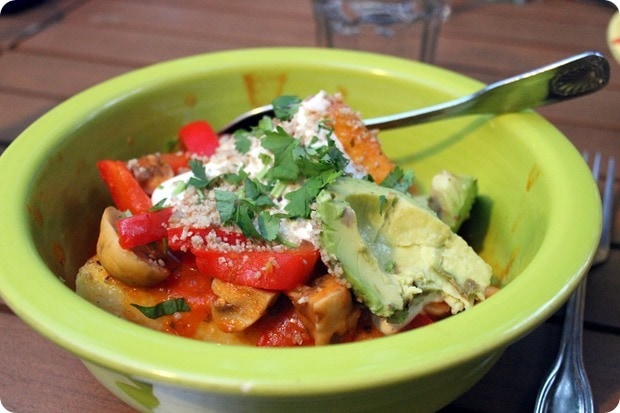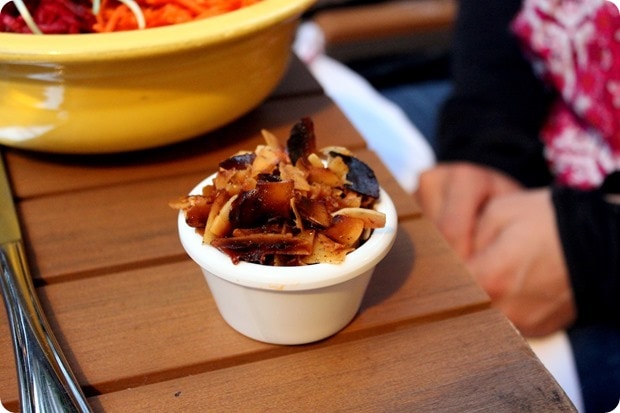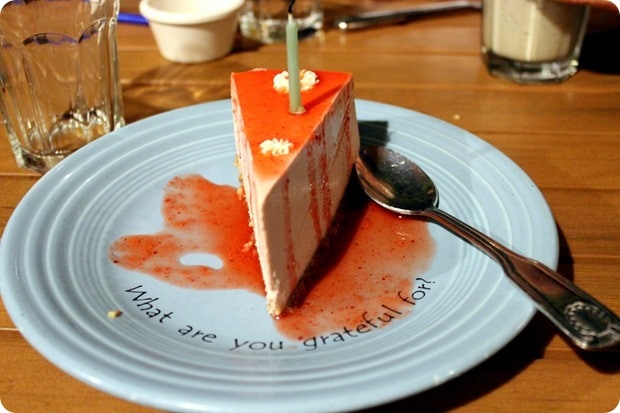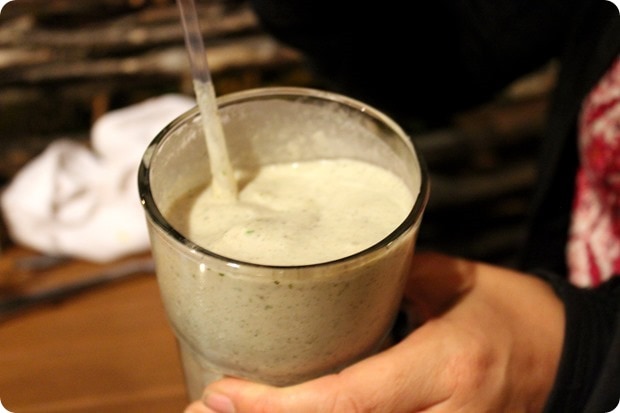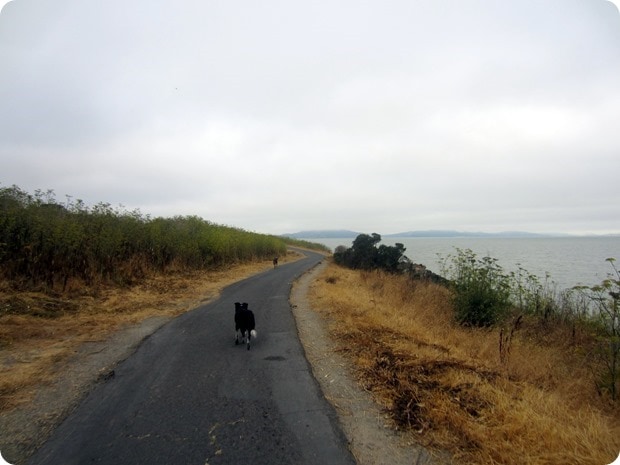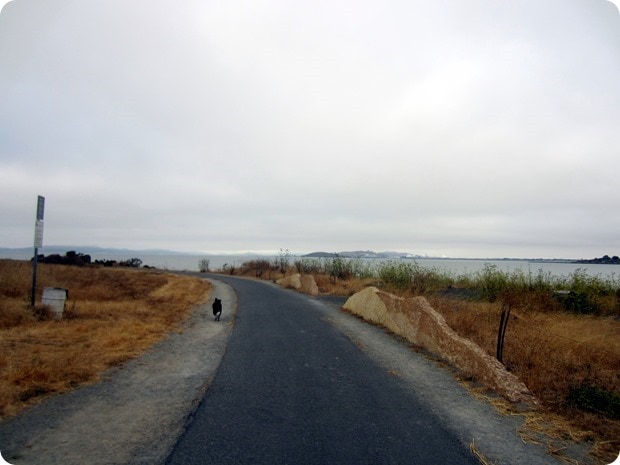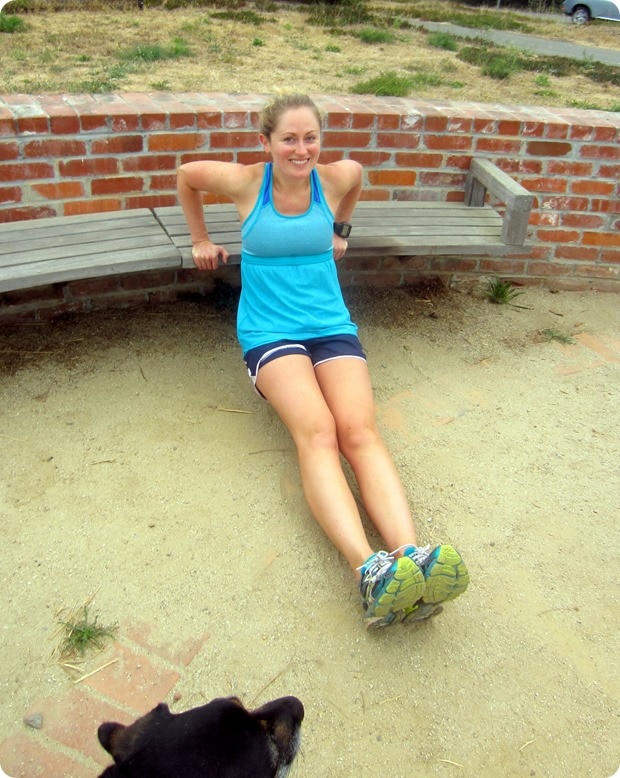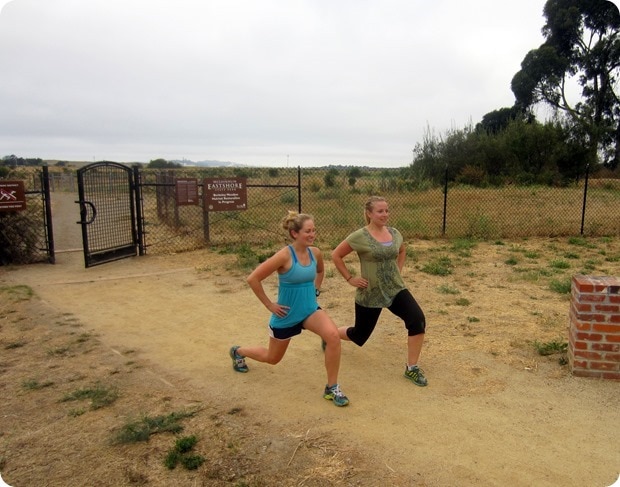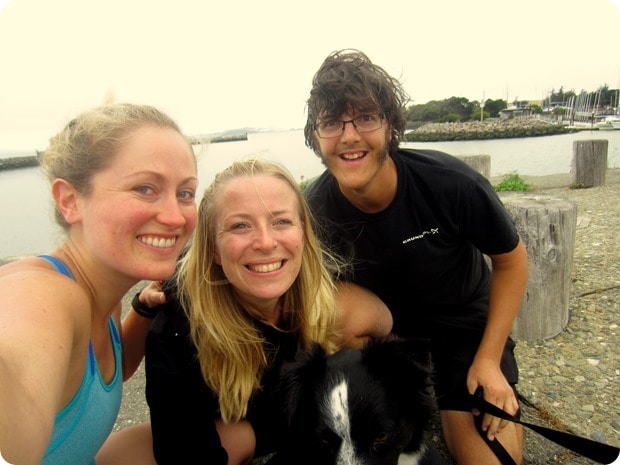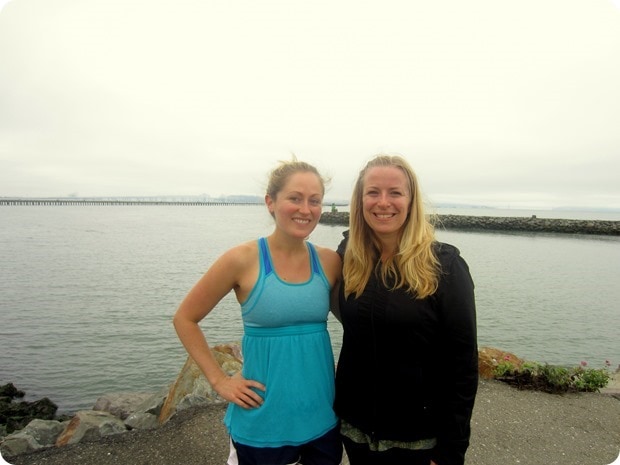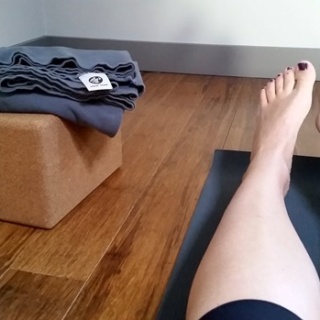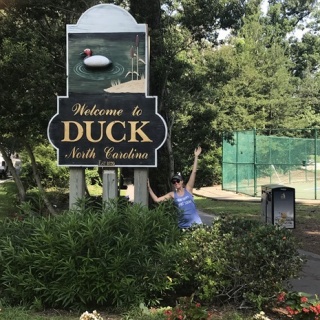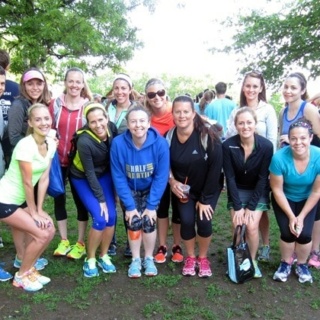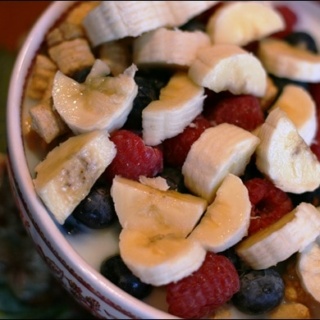Hi friends! As I mentioned, I spent this past week out in California on a sponsored press trip with the Almond Board of California.
I was joined on the trip by a group of media-savvy dietitians and nutrition bloggers, and as always on these sort of trips I loved seeing friends (I’m hanging with my buddy Brittany in the picture below) and meeting new ones, too!
Bloggers/media in attendance:
- Me! 🙂
- Alissa Rumsey
- Brent Bishop – I Am Bishop
- Brittany Mullins – Eating Bird Food
- Caroline Kaufman
- Cheryl Forberg
- Erin Alderson – Naturally Ella
- Heather Mangieri – Nutrition Check Up
- Hèléne Laurendeau
- Holley Grainger
- Kara Lydon – The Foodie Dietitian
- Karen Timper – Fit Bottomed Eats
- Kate Taylor – Cookie and Kate
- Kristina LaRue – Love & Zest
- Lisa Cain – Snack Girl
- Michelle Dudash
- Patricia Chuey
- Regan Jones – Healthy Aperture
- Suzanne Farrell – Cherry Creek Nutrition
- Torey Jones Armul
- Zannat Reza
We spent our first day of the trip “in the classroom” learning more about almonds, followed by a morning touring the almond orchards and processing facilities.
Did you know that California houses 100% of the U.S. production of almonds? Almond orchards span 500 miles through the Central Valley, which provides the perfect growing environment for almonds (not too cold!). There are 6,500 growers, 72% of which are family owned farms.
I had never seen almonds prior to processing before – they actually have two protective layers, a hull and a shell. Neat! In July/August, when the harvest begins, the hull naturally dries out and splits, allowing the heat/sun to dry the almond inside.
One really cool thing we learned – and got to see first hand (check out the fun video of this I posted on Instagram!) – is that the almonds aren’t hand picked. At harvest, the first step is a “shaker” machine, which is literally used to shake the almonds out of the trees! It was raining almonds – awesome!
Apparently the driver of the machine is highly trained/skilled so as to do the shaking in a way that doesn’t damage the trees.
Once the almonds are on the ground, a sweeper comes through and sweeps the almonds into a neat pile in the sun, where the almonds are left for up to a week to continue to dry out.
Once dry, the almonds are picked up (using another machine) for transport to processing.
In processing, the almonds are shelled, but the hull and shell aren’t discarded. Hulls are used as a local, economically viable feed alternative for livestock, and shells are used as livestock bedding and for energy production. I love that nothing is wasted!
As for the nuts inside, almonds are…
- higher in fiber, calcium, vitamin E, riboflavin, and niacin than any other tree nut (ounce for ounce).
- one of the highest dietary sources of magnesium.
- full of healthy fat and protein, too – 1 ounce (23 almonds) has 6g protein.
Almonds for days.
Two other things we learned about that are affecting almond growing right now are the drought and bees. As you probably know, California is suffering through a very serious drought right now, which is problematic for farming. The almond growers have worked hard to implement innovative irrigation and farming practices (micro-irrigation systems, soil maps, etc.) to reduce water usage – in the past two decades these practices have led to a 33% reduction in water used per pound of almonds produced.
Regarding the bees, they are much valued members of the almond growing process – they are needed to pollinate the almond trees!
Almonds aren’t the only ones that rely on bees – over 90 crops rely on bee-mediated pollination – over 1/3 of our diet! The bad news is that as you might have heard, there has been a global decline in the health and population levels of honey bees, which could have a very significant impact on our food supply.
It’s not entirely clear what’s causing the decline in bees, although it is likely a mix of bee diseases/pests, crop pest control (pesticides/fungicides), and loss of natural pollen sources across the country due to land development and drought conditions.
We were able to talk with a farmer directly and he shared that for their part, almond farmers take great care to protect their bees. They don’t apply any insecticides during the time period (bloom) that the bees are there, and they only apply fungicides during the night during bloom while the bees are not out. The Almond Board also gives a lot of funding to bee health research!
What can you do at home to help the bees? Plant flowering plants in your yard to provide food for the bees, and don’t use any insecticides/chemicals on your lawn/flowers. Every little bit helps. 🙂 Also, there is apparently a transportation bill in Congress right now – the Highway Bees Act (HR-4790) that would encourage planting and maintenance of flowers for pollinators along highways. If you’re passionate about this issue, write to your local representative about that bill!
Beyond the education, one of the other highlights of the trip was an almond-themed cooking class from Matthew Accarrino, who is the Executive Chef at the restaurant SPQR in San Francisco (must go there on a future trip)!
He’s a big cyclist and shared his favorite granola bar recipe for long rides with us – they were delicious! I’m going to have to make these again at home – the savory/sweet combo was great.
If you want to make something similar, try my Savory Curry Granola Bars recipe!
Another highlight of the trip was a delicious dinner at School Street Bistro (in Lodi, CA, where we were staying) with wine pairings from the Lange Twins Estate. My favorite was their zinfadel, pictured below. So bold and flavorful!
The trip concluded on Wednesday afternoon and I didn’t fly out of San Francisco until Thursday, so I took advantage and met up with one of my best friends from college, Laura (nickname: Lu), who lives in Berkeley. Our first order of business was a pre-dinner hike!
We chose a trail about 20 minutes from Berkeley, which ended up being a nice spot, and I loved the time to catch up with Lu. 🙂
For dinner, we hit up Café Gratitude, an awesome vegan restaurant in Berkeley.
The four of us (we were with Lu’s boyfriend and one of their friends) got a ton of stuff to share. It was all SO GOOD! If you’re ever near a Café Gratitude, go there.
Green juice to start – “I Am Rejuvenated” – wheatgrass + apple + ginger + lemon + sparkling water. It was SPICY from the ginger!
A shared appetizer salad – the “I Am Pure” – kale with sesame wasabi, garlic tahini dressing, avocado, sea palm, nori, cucumbers, carrots, cilantro, and basil topped with teriyaki almonds. It was epic.
Also epic was this entrée – “I Am Whole” – which was sea vegetables and kale, house made kimchi, carrots, and sprout with a brown rice/quinoa mix, garlic tahini sauce, and teriyaki almonds.
We also tried the special, which had polenta, enchilada sauce, avocado, cilantro, mushrooms, red pepper, and a sort of cashew cheese I think? It was good but SUPER filling!
Have you guys ever had coconut bacon?! We got a side of it and this was my first time trying it. So good!
For dessert, we shared the raw vegan strawberry cheesecake – Lu was sweet and had them put a candle in it since my birthday is coming up in a few weeks! 🙂
Aaaaand the chocolate mint milkshake – “I Am Cool” – made with fresh mint, raw cacao nibs, and a coconut milk ice cream, I believe! It was SO good. Another thing that was amazing that I didn’t get a shot of was the “I Am Delicious” – coconut banana milk (!) with hemp, maca, dates, vanilla bean and salt. It was so good we got two – must recreate this at home. Stay tuned!
Before heading to the airport the next day, I got up early with Lu and her boyfriend, Connor, and joined them for a run! Their dog (and a dog they were dog-sitting) came along for the adventure, too. 🙂
On clear days, you can see across the water to the Golden Gate Bridge and the city! Darn. 🙂
We did a really pretty 3 mile loop and then ended with some park bench fitness – dips and pushups, while the dogs supervised.
Plus some lunges!
Such a fun way to start the day (especially before sitting on a plane forever)! 🙂
And now, here ends the longest post ever. Thank you again to the Almond Board of California for inviting me on their press trip (and covering my expenses), and to Lu and Connor for the great end to the trip! 🙂
What’s your favorite way to eat almonds? I like them raw with dried or fresh fruit as a snack, or sliced/slivered in granola bars and oatmeal! Almond butter on toast is always a win, too. Here are a couple of my favorite blog recipes involving almonds:


